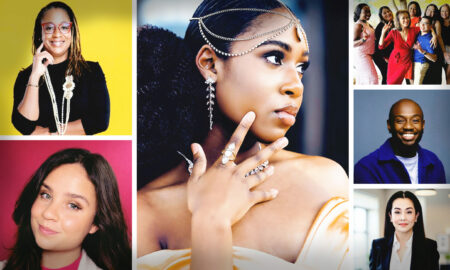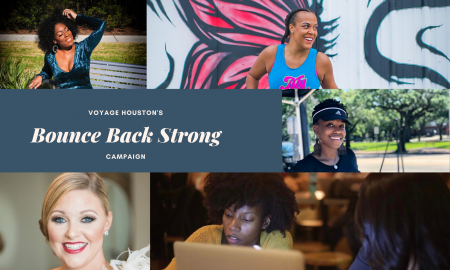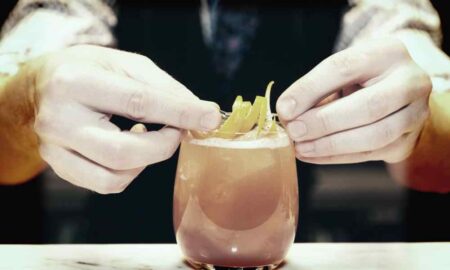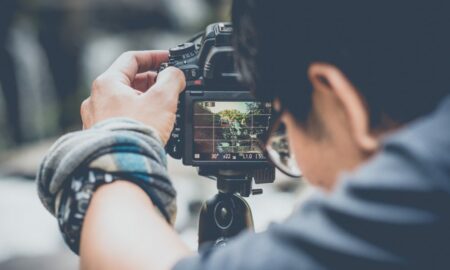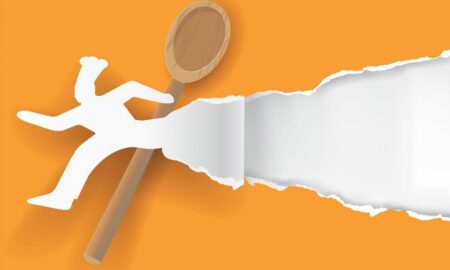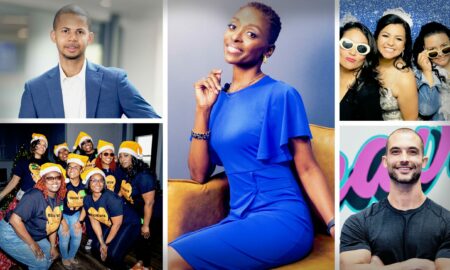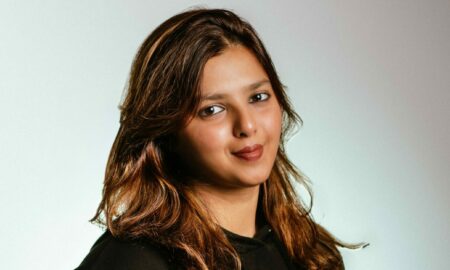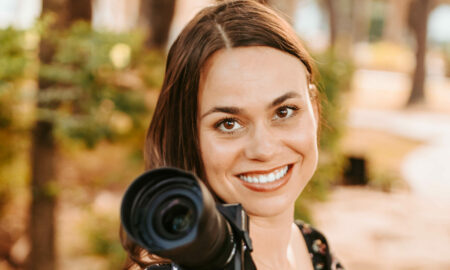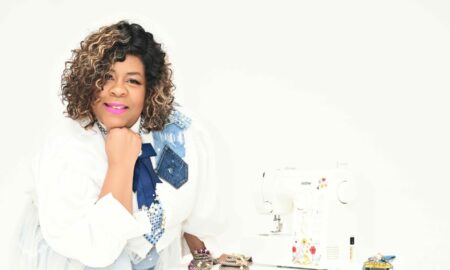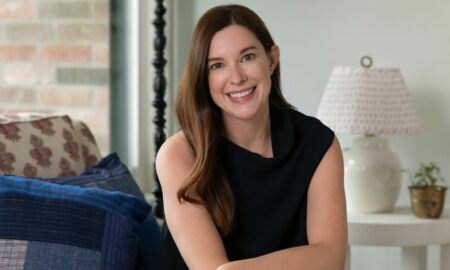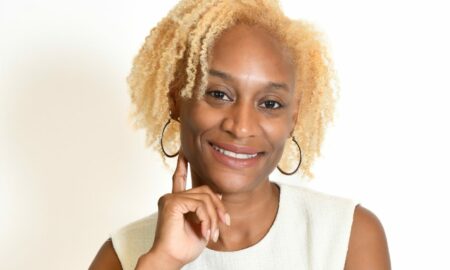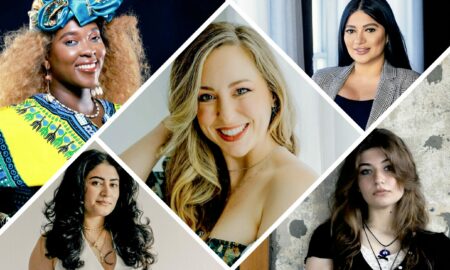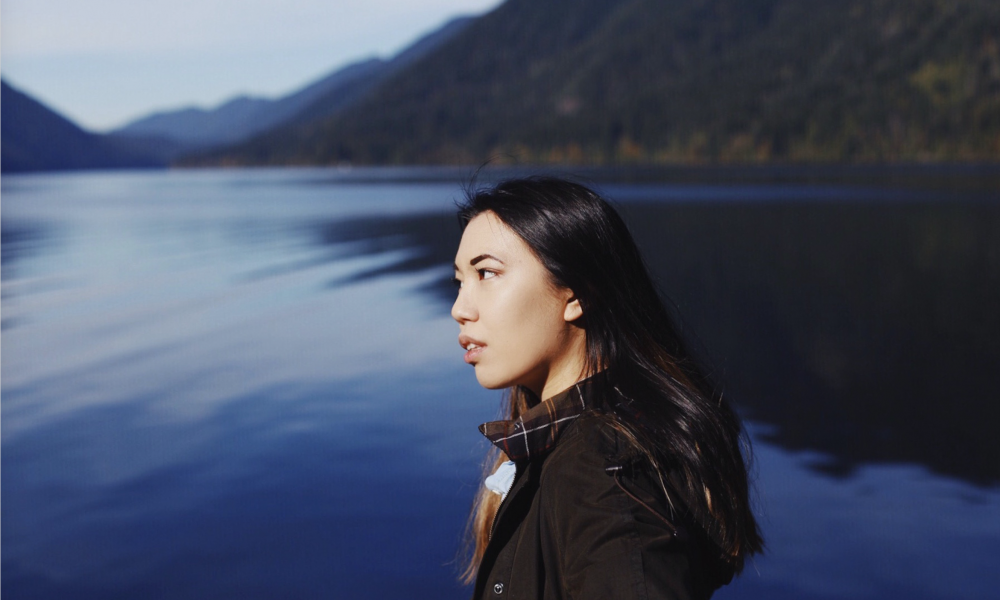

Today we’d like to introduce you to Allie Wang.
Thanks for sharing your story with us Allie. So, let’s start at the beginning and we can move on from there.
I got into creative consulting, as I think of it, partly because of some high school friendships. In high school, my circle was full of kids who had taught themselves to create nearly professional-quality images with DSLR cameras that their families had given them. At first, I was envious of the effects they could get versus what I could do with a point-and-shoot, but then, I noticed that, more importantly, these friends were empathetic and lived in the moment in a way that drew others to them. Photography made them connect deeply to people and to what was happening around us, and in an appreciative, interpretive way. That was the root of my interest. In college, still intrigued by photography, I saved up for camera equipment and editing programs of my own and learned to use them through much trial and error (and many late nights reading technical blogs until my eyes burned).
I noticed after a while that doing photography as favors for friends felt rewarding to me in a way that was beyond pure hobbyist enjoyment – it was also intellectually stimulating! Each project felt like a business project or puzzle with its own unique requirements, constraints, and personalities to work around. In a short period of development, I learned to cope with not only the requisite technical challenges (fluorescent lighting, inclement weather, lens specs) but also consumer-related ones. For instance, was I properly “selling” a product I was asked to feature in a photo? Was I editing headshots in a way that might actually appeal to conventional tastes? Was I coaching my couples shoots in a way that made them feel comfortable and natural? What’s more, I loved how photography work forced me to be socially connected. It more than kept me up to speed with friends’ lives, it also involved me as an active contributor in everything from bachelorette parties to baby announcements. I started to wonder if I could build something larger and even more meaningful from my problem-solving, relationship-oriented approach to photography.
Then I noticed that there was an unanswered demand in many of my circles for creative work that went beyond just needing pretty images of parties. Sometimes, someone I knew might need an event poster that would mesh with their image, someone else would need a graphic for a club t-shirt, and sometimes someone would need a website overhaul not by a web designer but by a generalist with an eye for overall branding. All of these services were within my skill set – so I diversified my creative portfolio and now feature offerings besides casual photography, including event coverage, book cover design, poster design, promotional still photography, digital branding guidance, and writing and editing.
Great, so let’s dig a little deeper into the story – has it been an easy path overall and if not, what were the challenges you’ve had to overcome?
It took me years and a lot of soul-searching to land on this developing track, in part because of anxiety stemming from self-criticism and comparison. Moderate self-criticism and comparison are helpful, because to some degree, comparison is how we stay humble and know we have a lot to learn from others. It’s also how we know whether we really have a marketable skill. Extreme comparison, on the other hand, kills creativity and confidence. I wasted a lot of time that I could’ve spent taking risks, reaching out, building partnerships, or developing my craft by sitting at home instead, editing and re-editing old work, wondering if I’d ever measure up to photographers and writers that I followed on social media.
The best thing that aspiring creatives can do for themselves is to cultivate a healthy sense of realism and self-forgiveness. Are you going to be an artistic legend overnight, or at all? Probably not. Are you going to throw your hands up and decide that your art isn’t worth pursuing at all because it’s not perfect? Nothing’s perfect. Are the people around you going to trash your work because it doesn’t look like it could be in Vogue or National Geographic? Not if they’re normal, reasonable people. The worst-case scenario that could happen if you put your work out there is that the people who don’t connect with it will just pass it over… and that’s fine. That’s not a real setback. A real setback is not being willing to put your work out there in the first place.
Please tell us about your work.
I think of myself as a creative consultant or a mini creative studio. Most commonly I’m asked for promotional still photography, headshots, poster design, and event coverage, but my unusual creative mission – “be a Swiss Army knife” – means I have a broad creative background that can be adapted to all kinds of business or personal needs. I’ve written marketing copy for retail, revamped websites, edited bios and mission statements, created blog graphics, offered design notes on book interiors, and photographed everything from ceramics to landscapes to artfully arranged items on a piano. That’s why I tend not to call myself a “photographer” or limit myself in that regard – there are a lot of ways I advise clients on aesthetic choices that contribute to overall business packaging. A great example of what I do is one favorite, long-term partnership of mine. It began as an ask for promotional still photography and grew into a years-long “suite” of collaborative efforts that polished and defined the look and feel of the client’s brand. Their branding coordinates across the board: website flow, website imagery, headshots, social media imagery, letterheads and signatures, event photography, and even signage.
My clients tend to be individuals or small businesses that are “plugged into” the online world, do outreach on social media, and may not necessarily have an in-house resource to call upon, or may not want to draw up a contract with a firm. They appreciate social media-friendly styling and imagery, have a consistent vibe or aesthetic they are interested in cultivating across platforms and are open to approaching my consultation as if it’s “aesthetics-minded coaching.” I like to think that my main product is that I nudge people gently towards discovering a heightened, stylized version of themselves that they feel adds something to their brand and that they can become equipped to use in future. My favorite clients have gone on to utilizethe themes of our creative partnership in other pursuits and work they generate on their own. And because I’m a one-person, evenings-and-weekends-only operation with a set travel schedule between Houston and Seattle, I mainly partner with clients who communicate well online and who, like me, operate with a high degree of flexibility and really embrace digital formats.
Were there people and/or experiences you had in your childhood that you feel laid the foundation for your success?
My parents were never stifling or prescriptive when it came to hobbies or academics. Sometimes, they placed me in courses or extracurriculars I wouldn’t necessarily have chosen for myself – like a dance class or chess club – just to maximize my exposure to different things and see what I’d end up choosing. When I did land on something I loved passionately, they helped me lean into it without adding pressure. It was never “you like [this activity], so we think you should do it for a living one day.” Instead, their approach was “you like [this activity], so you should be allowed to develop it on your own terms.”
Contact Info:
- Website: https://albertine.squarespace.com
- Instagram: https://www.instagram.com/alb.ert.ine/
- Other: https://society6.com/nosoundofwater






 Image Credit:
Image Credit:
Allie Wang
Getting in touch: VoyageHouston is built on recommendations from the community; it’s how we uncover hidden gems, so if you know someone who deserves recognition please let us know here.

